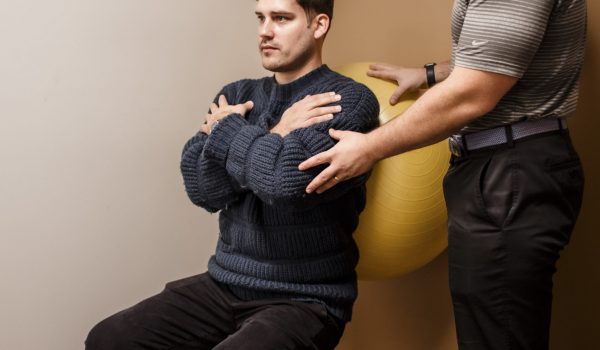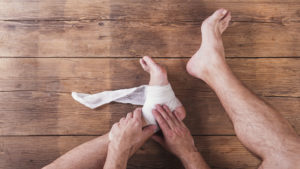
Can A Chiropractor Help With Lower Back Pain?
An adjustment from a chiropractor is a non-invasive and affordable way to get a lot of relief from back and neck pain. Find out all the benefits and how chiropractic care improves lower back pain. Learn what not to do, too, for a fully informed decision.































